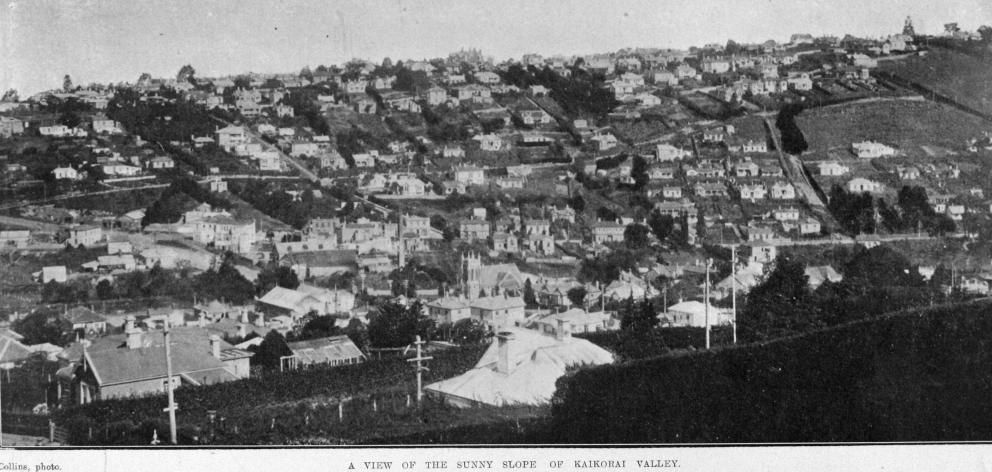
The heavy soaking rain of the last few days ceased at an early hour yesterday morning, and the day broke dull and overcast, but with signs of clearing. About mid-day a drizzling rain again commenced and lasted for about an hour, but early in the afternoon the weather became finer and the conditions began to look more favourable. The general tenor of the reports which have been received reveal the fact that a serious flood has been experienced throughout many parts of the Taieri Plain, and much valuable farming land has suffered disastrous inundation by large quantities of water, but while this is the case, the crisis of the flood is over, and the weather is showing a general improvement all round. It will be some time yet before the surface water disappears from the plain, but a spell of fine weather will rapidly effect a marked change. The floods have had a material effect in increasing the difficulties of travellers by rail, and several lines were entirely unworkable yesterday. The through train to Invercargill was not despatched yesterday morning, and a service was run only as far as Mosgiel. The train from Invercargill came no further north than Clinton. In the morning the line was flooded to a depth of several feet at Allanton, Otokia, Owhiro, Henley, and Clarksville, and the position gradually became worse during the day. At a late hour in the afternoon the Railway District Engineer (Mr Jones) was informed that the maximum submersion was at Otokia, where there was a depth of 7ft on the rails, and the water was still rising slowly. At Allanton there was only 1ft 6in of water over the rails in the afternoon, and it was receding very quickly.
Smaller wheat crops predicted
Practical farmers express the opinion that there will be a very considerable shortage in the area devoted to wheat this season (writes the Geraldine correspondent of the Christchurch Press), and they anticipate that next harvest will not nearly supply the requirements of the dominion. It appears that several causes have contributed to deter farmers from growing more wheat. One reason is that sheep need less labour and are more profitable. Another is that the cost of labour for cultivation and harvesting has increased materially, as also has the cost of thrashing, and farmers are dubious whether labour will be available for harvesting. Still another reason has been stated, and this is that farmers' wives and families, being unable at times to secure domestic help, find that the work of providing for harvesters is too great a strain upon them. Farmers recognise that a short supply of wheat may be a very serious thing for the country, especially considering the possible difficulties in connection with transit, but they ask: ``What can we do? We must consider ourselves.''
Improved pump
Mr H. G. Kettle, of Middlemarch, has designed and constructed a pump for emptying or filling sheep dips, drawing water or sewage from sumps, drains, etc. Features of the pump include simplicity and ease of operation, with great lifting capacity and nothing of a perishable nature. Frost cannot affect it. The pump is capable of delivering a minimum of 2400 gallons an hour. Three strokes of the handle serve to more than fill an ordinary kerosene tin in less than five seconds.
- ODT, 20.8.1919.












